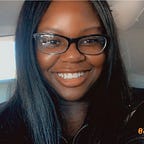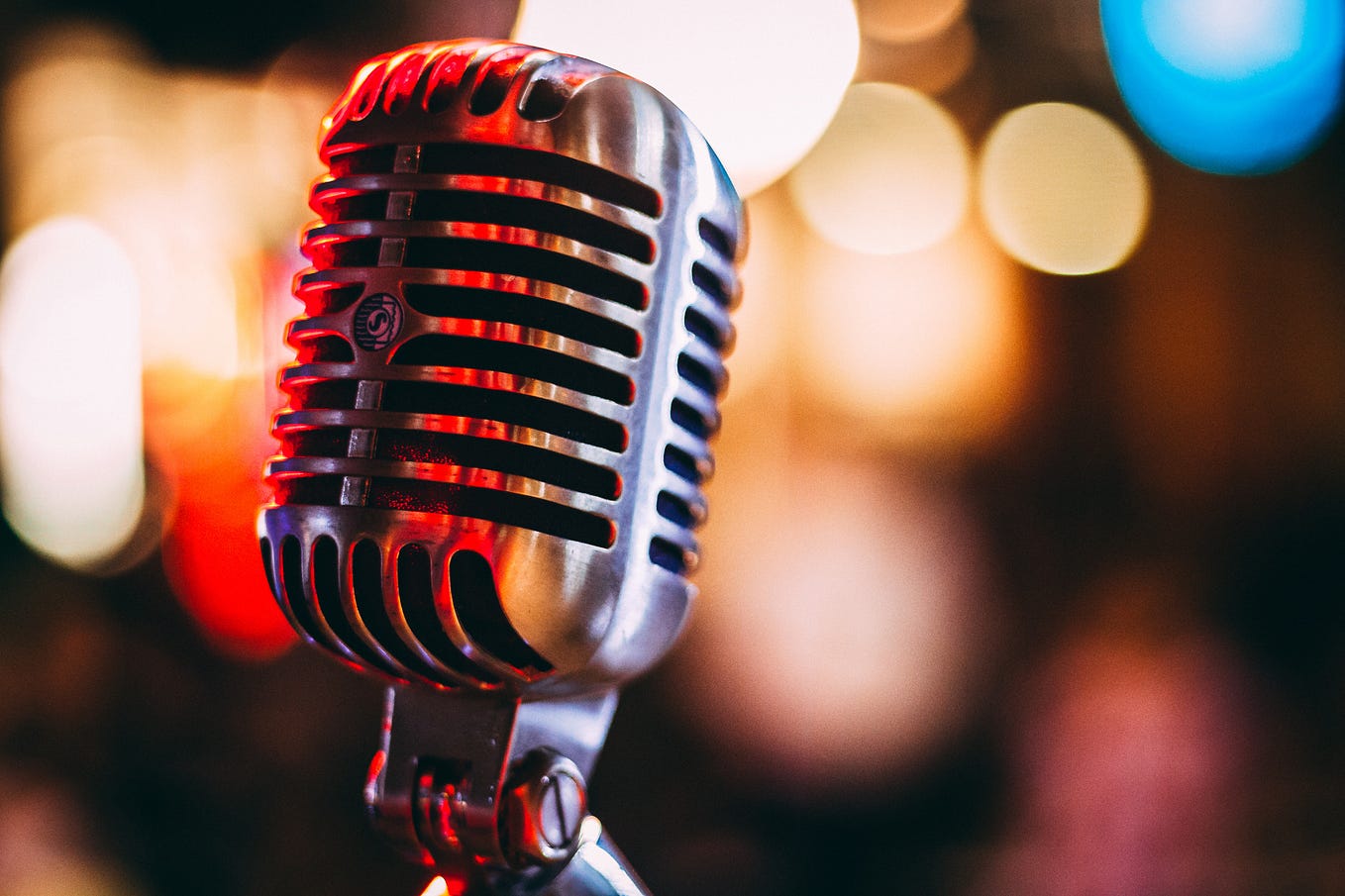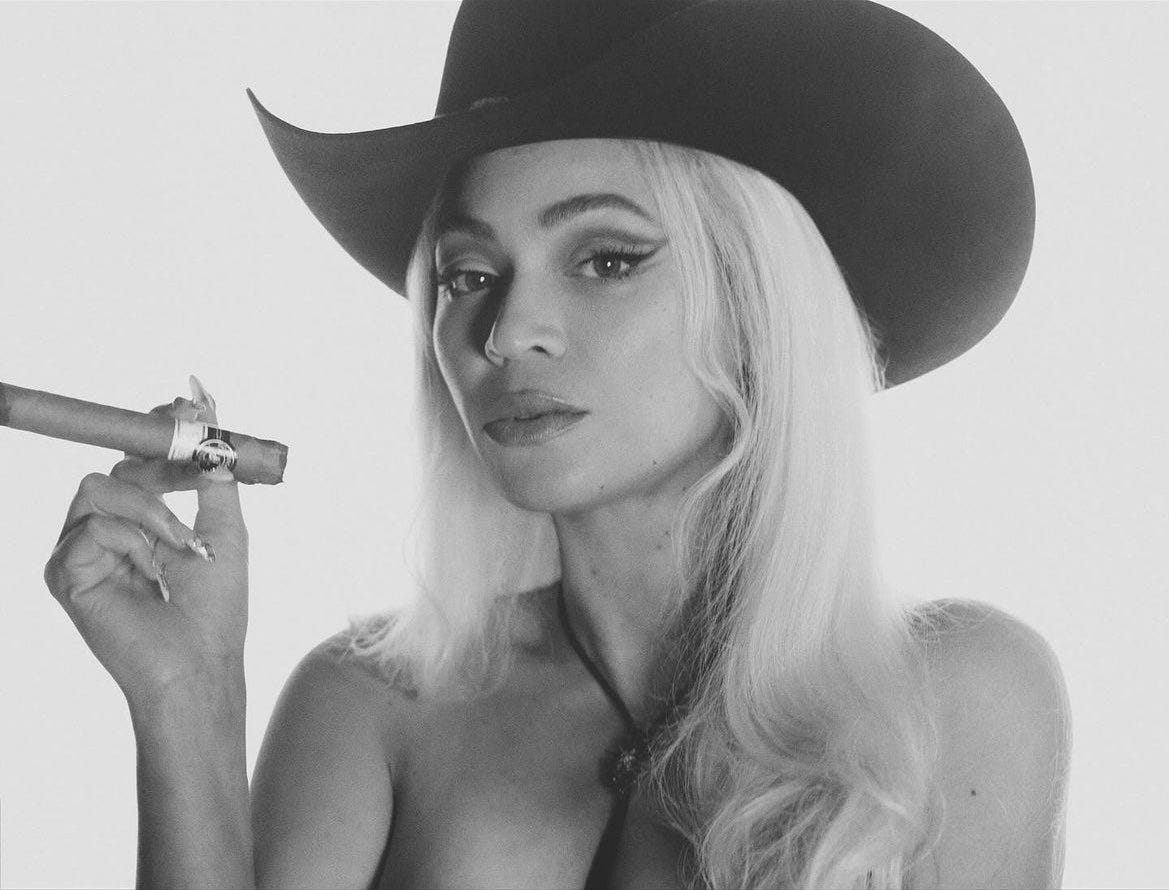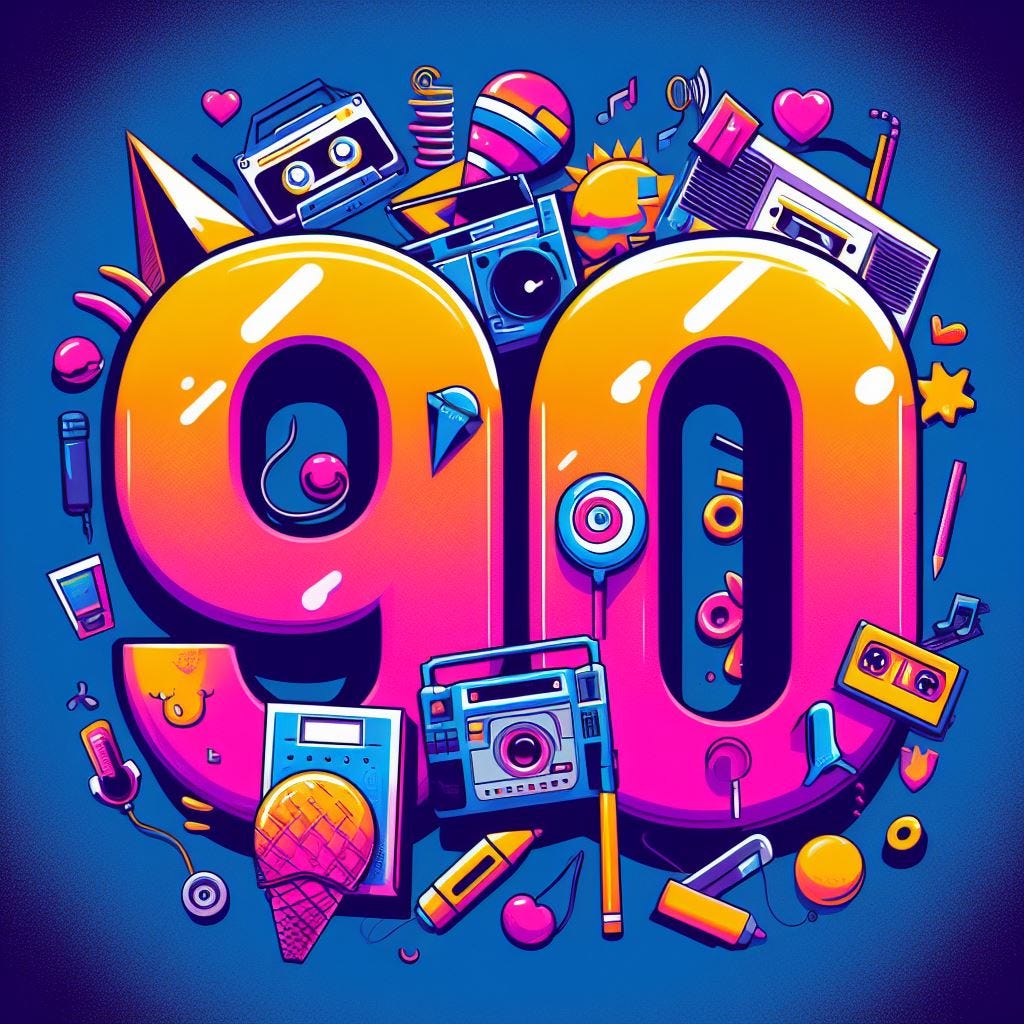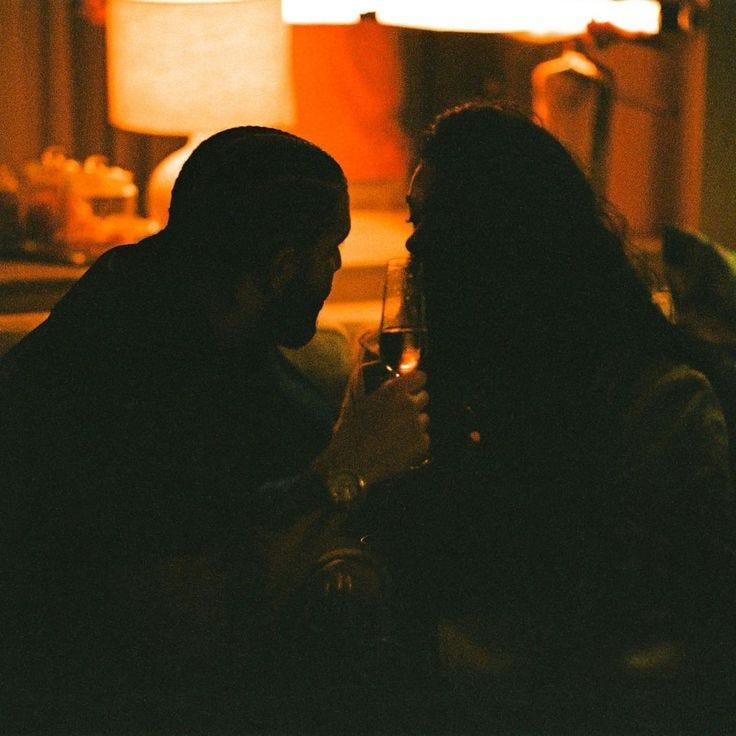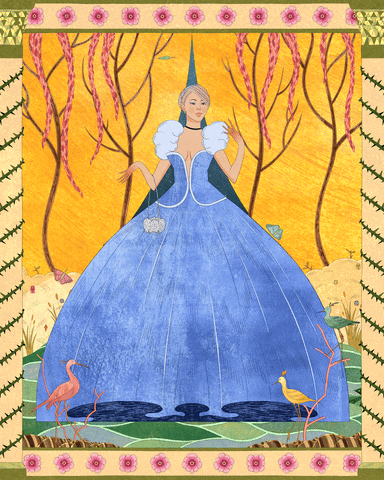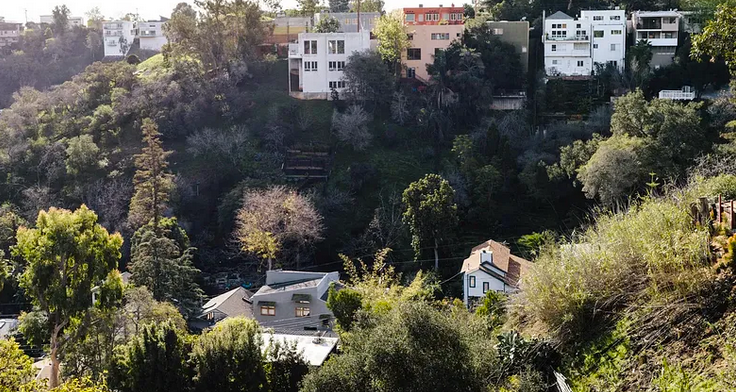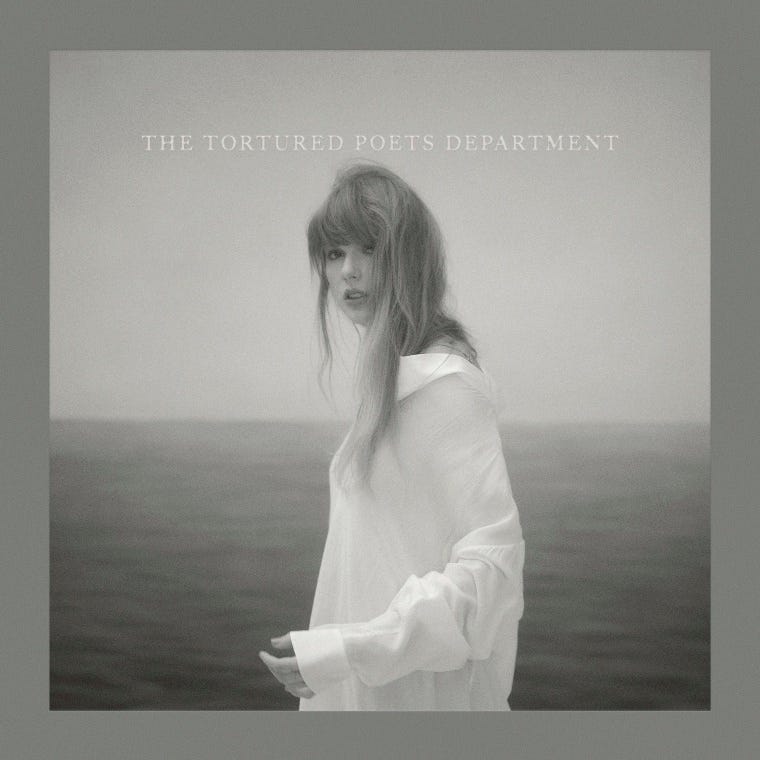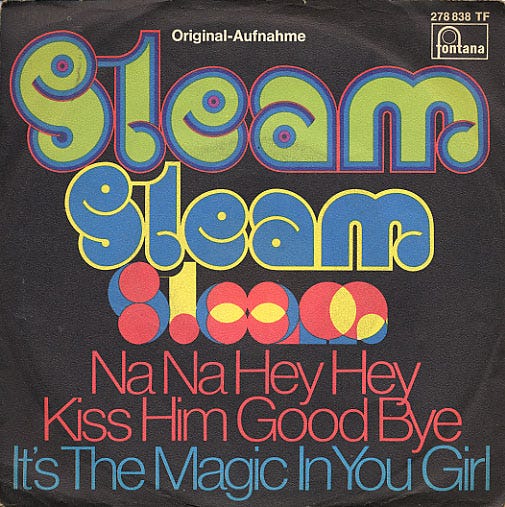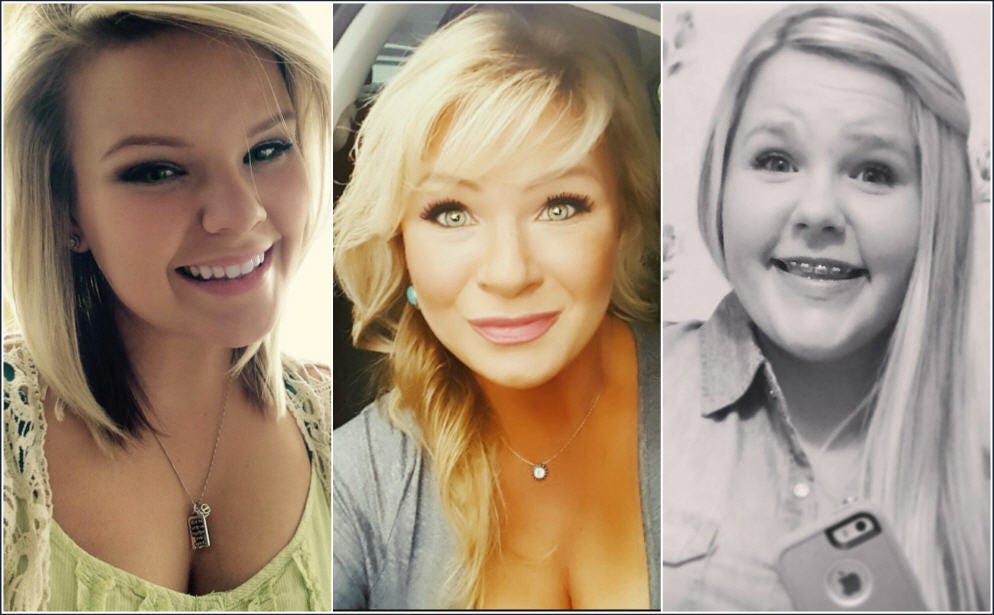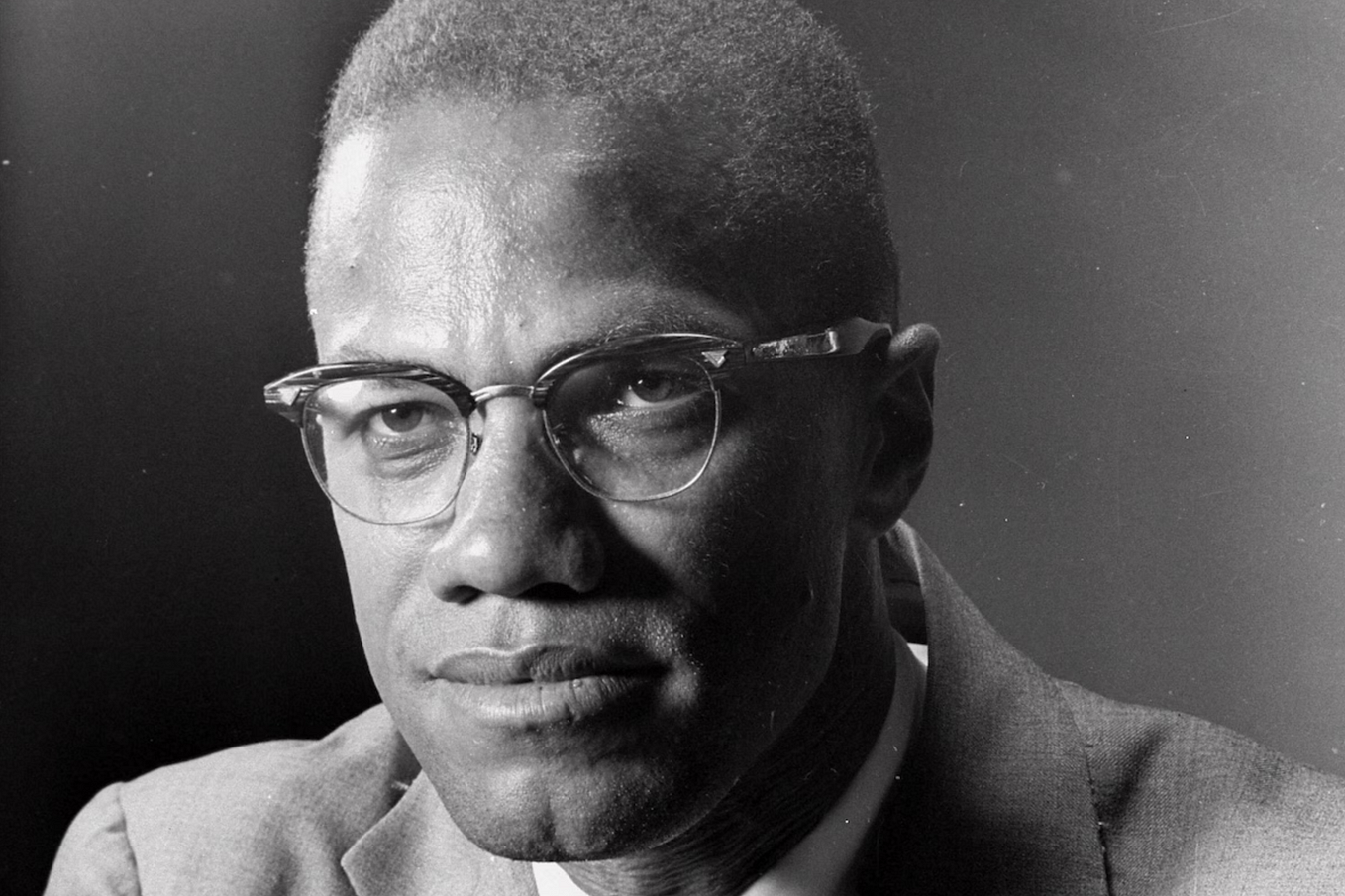Electric Innovation: How Synth-Fueled 1980s R&B Revamped the Sound
In this essay, I will delve into the musical and cultural landscape of 80s R&B. Exploring the social climate, stylistic innovations, subgenres, chart-topping artists, and other definitive elements, this article illuminates why 80s was a time of creative flourishing for rhythm and blues. This essay is part of an ongoing series analyzing each epoch of R&B history. By chronicling the genre’s evolution from its roots through the present day, this series will ultimately address the burning question: is R&B dead?
As dawn broke on the 1980s, R&B awoke from its disco-era slumber against a backdrop of conservative politics and income inequality. While glossy dance-pop fantasies glistened from radios and fledgling MTV screens, early hip-hop artists like Grandmaster Flash provided social commentary on urban struggles through songs like “The Message.” This conscious rap contrasted with mainstream R&B’s veering toward escapism.
Yet amidst the neon veneer, undercurrents lurked. Fears of nuclear war and social divides mingled with spiritual seeking. It was in this era that R&B found rebirth — absorbing both unsettled current events and glistening pop fantasies. Synthesizers and drum machines infiltrated funk’s backbone, crafting robotic rhythms with electronic sheen. Timeless voices like Michael Jackson, Prince and Whitney Houston bridged the human-machine gap through their music’s emotive power.
Though the 80s contained no shortage of slick pop confections, R&B’s soulful core held strong. From the ashes of the 1970s, the genre revived to embark on a journey toward creative zeniths on the horizon. The future called loudly, and the 1980s answered back with rhythms reimagined and reborn.
R&B in Transition: Synth Funk and Pop Soul Emerge (1980–1984)
Motown and Prince vs. Michael in the 80s
In the 1980s, Motown was no longer the dominant game-changing label it once was. As icons like Marvin Gaye left Motown, the label lagged behind hip new developments. One exception was the emergence of the DeBarge family, whose infectious hits like “Rhythm of the Night” and “A Dream” laid groundwork for future R&B even as their career was short-lived.
As Motown declined, two new kings vied for the pop-R&B throne — Prince and Michael Jackson. Prince explored taboo themes on albums like Dirty Mind (1980) before achieving breakthrough success with 1999 (1982). Incorporating synthesizers and electronic textures, Prince pioneered the “Minneapolis sound.”
Meanwhile, Michael Jackson reached unprecedented heights with 1982’s Thriller, still the bestselling album of all time fueled by MTV hits like “Billie Jean.” Throughout the 80s, comparisons were drawn between Prince’s innovative funk fusion and Jackson’s pop crossover dominance. Though different in sound, both artists steered R&B into new frontiers.
The Rise of Powerhouse Vocalists
The early 1980s saw the emergence of vocalists known for their soulful, emotive vocal deliveries such as Luther Vandross, who after singing back up for Dionne Warwick and making jingles for companies like Burger King in the 70s would breakout in a color career with “How Many Times Can We Say Goodbye” (1983). Meanwhile, Whitney Houston was another prominent vocalist that rose in the early 80s, recording her first duet with Teddy Pendergrass, “Hold Me” (1982). However, Houston’s debut album wouldn’t release until the mid 80s.
Where the 1970s focused more on ensemble singing groups, these new solo artists showcased their singular vocal talents through both ballads and uptempo dance songs. Their expressive voices conveyed a range of emotions that resonated with audiences. However, that’s not to say there weren’t any male R&B groups. One exception was New Edition, who reached the height of their popularity in the 1980s as child singers and are considered the blueprint for what would become the modern boy band in the late 80s and 90s.
Overseas R&B Influences Brings New Wave Soul
In the mid-1980s, several British pop artists found success incorporating R&B stylings and blue-eyed soul elements, riding the Second British Invasion wave. Acts like Simply Red, Culture Club, Phil Collins and Paul Young scored hits on both the R&B and pop charts by blending soulful vocals with smooth pop production.
As the decade closed, Lisa Stansfield emerged as a popular blue-eyed soul singer, landing several #1 R&B hits. And George Michael reinvented himself as a soul-influenced pop artist with the chart-topping, multi-platinum album Faith in 1987. Through the incorporation of R&B flair, British artists enjoyed a strong mainstream presence in the US in the 1980s. Their blue-eyed soul approach gained traction on both pop and R&B radio.
The Multimedia Evolution of 80s R&B
As MTV came into prominence, Michael Jackson’s landmark “Thriller” video singlehandedly saved MTV, ultimately sealing its reputation as a new cultural force and propelling his superstardom. Dance-prominent music videos created for Janet Jackson’s Control-era singles became a catalyst for MTV’s evolving demographics.
As the term “disco” started to go out of fashion by the early 1980s, other terms like “post-disco”, “club”, “dance” or “dance-pop” music described disco-based rhythms. Crossover artists like Janet, Whitney Houston, Prince and Lionel Richie dominated MTV and pop radio with this dance-pop blend. At the same time, edgier new jack swing started bubbling up as an underground trend. As the decade closed, R&B grew divided between slick pop and street innovation.
Even as dance-pop took hold, sophisti-soul artists like Sade and Anita Baker continued pioneering a smooth, mellow sound and found success. Their quiet storm ballads kept one foot planted in the past as R&B evolved to claim new multimedia spaces through the 1980s.
Legacy Institutions Continue On
Even with the multimedia revolution, some legacy institutions persevered. The Apollo Theater underwent a grand 1985 renovation celebrating its 50th anniversary and relaunched its famed amateur night. Soul Train continued showcasing R&B talent through the 80s despite MTV’s rising competition. While new video outlets emerged, these cornerstones of R&B history maintained their presence as venues fostering new talent and showcasing established artists. Their enduring role linked back to the genre’s roots even amidst its evolution across new mediums.
R&B Innovation and Individualism Peaks (1984–1989)
Janet Gains Control as Female Artists Thrive
Janet Jackson blossomed from child star into an empowered pop diva, marked by professional and personal breakthroughs. Distancing herself from the immense Jackson family shadow, she created one of the most influential projects across contemporary R&B and pop music, Control. Her collaborations with the songwriters and record producers Jimmy Jam and Terry Lewis resulted in an unconventional sound: a fusion of rhythm and blues, rap vocals, funk, disco, and synthesized percussion that established Jackson, Jam and Lewis as leading innovators of contemporary R&B. The distinctive triplet swing beat utilized on the record is also considered a precursor to the new jack swing genre.
Sade and her band were credited as being influential to neo soul. The group achieved success in the 1980s with music that featured a sophisti-pop style, incorporating elements of soul, pop, smooth jazz, and quiet storm. Anita Baker released her debut solo album, The Songstress, in May 1983. However, in 1986, Baker released her second album, Rapture, which included the song “Sweet Love” and became her first pop hit.
Whitney Houston’s towering vocals dominated the charts. Her self-titled debut album Whitney Houston was released on Valentine’s Day, February 14, 1985. The album launched seven singles in various countries, including four in the United States alone. It spawned four top ten hits on the Billboard Hot 100, including the top five crossover “You Give Good Love,” and three consecutive number one singles: “Saving All My Love for You,” “How Will I Know” and “Greatest Love of All.” This feat made Houston the first solo female recording artist to launch three number one singles off a single album, which later became certified diamond in the late 90s.
Veterans like Diana Ross and Tina Turner even found renewed success, landing hits with 1980s R&B makeovers. Ross scored dance-pop crossovers like “Upside Down,” while Turner topped charts with “What’s Love Got to Do With It.” Female artists across generations flourished as R&B individuality peaked.
Teddy Riley Revolutionizes R&B with New Jack Swing
By 1987, producer, singer and songwriter Teddy Riley formed the R&B group Guy alongside members Aaron Hall and Timmy Gatling. Managed by Gene Griffin, Riley’s work with Guy pioneered the “new jack swing” style of R&B. By fusing R&B vocals with aggressive hip-hop beats, drum machines, and sampling, Guy created a contemporary urban sound that blended these elements seamlessly. Guy’s success marked the first major successful synthesis of hip-hop and R&B, at a time when those genres rarely overlapped.
Riley’s seismic fusion opened the floodgates for future R&B/hip-hop collaborations. New jack swing directly paved the way for the R&B/hip-hop crossover dominance that artists like Sean “Puffy” Combs would later popularize. In bridging these once-separate pillars of African American music, Riley revolutionized R&B for decades to come.
On a widespread level, new jack swing provided the backbone for R&B male vocal groups like Guy, After 7 and Troop, who were bubbling up on late 80s airwaves. Riley’s signature sound laid artistic and commercial groundwork for 90s bands like Jodeci, Mint Condition, Bell Biv DeVoe, Boyz II Men, Hi-Five, and Blackstreet to eventually rise to prominence. The groups who defined 90s R&B greatness owed an artistic debt to the barrier-breaking new style Teddy Riley unleashed.
Babyface’s Prolific Songcraft and LaFace Legacy
Babyface first emerged as part of R&B group Manchild in the 1970s, before joining band The Deele where he played guitar and keyboards. His songwriting talents became in-demand in the mid-80s, penning hits like Midnight Star’s “Slow Jam” (1983). By the late 80s, he became a hitmaking tour de force, writing and producing major singles for Bobby Brown, Pebbles, After 7, Johnny Gill and more.
In 1989, Babyface took the next step by co-founding LaFace Records alongside bandmate L.A. Reid. As both a versatile songwriter/producer and savvy label head, Babyface contributed immensely to bridging 80s R&B into the 90s mainstream. His talents paved the way for LaFace to launch future superstars like Toni Braxton, TLC, and Usher.
Throughout his rise, Babyface’s smooth songcraft deftly fused R&B with pop, rock, and hip-hop elements. His unique ability to craft crossover hits defined the transitional late 80s/early 90s sound, leading him to become one of the most prolific hitmakers of his era. As both a creative genius and shrewd businessman, Babyface helped guide R&B into its coming 1990s zenith.
Sophisti-Soul Brings Elegance
Smoothing out R&B’s edges, Anita Baker, Sade, Luther Vandross and Freddie Jackson pioneered a mellow, jazzy “sophisti-soul” sound. Their relaxed sophistication provided a soothing alternative to new jack swing’s gritty aggression.
They were joined by artists like Alexander O’Neal, Peabo Bryson, and Angela Winbush in cultivating a blend of soulful elegance and jazz-inspired arrangements. These crooners gave listeners an intimate emotional connection through heartfelt lyrics on romance and relationships.
Sophisti-soul’s sincerity and lush musicality fueled its popularity as a smooth escape from the decade’s harsher realities. The subgenre’s organic feel also contrasts the emerging digitized dance-pop tunes. Through their poignant songcraft, sophisti-soul artists ensured R&B retained its vulnerable heart amidst the 1980s’ bombast.
Prince vs. Michael II: Dueling 1980s Innovators
As the 1980s unfolded, Prince and Michael Jackson emerged as pioneering icons pushing R&B into new territory. After 1984’s Purple Rain cemented his superstardom, Prince continued to relentlessly experiment, pioneering styles like Around the World in a Day’s psychedelic soul and Sign ‘O’ The Times’ minimalist funk. His fearless innovation inspired new creative boundaries.
Meanwhile, Michael Jackson reached unprecedented heights with 1982’s Thriller, the greatest selling album ever. In 1987, Jackson took a hardened creative turn with Bad, melding aggressive rock and R&B elements into edgier hits like “Dirty Diana.” He continued breaking barriers between genres.
Though different in sound, Prince’s unbridled artistic spirit and Jackson’s pop/rock amalgamation propelled R&B’s evolution. These dueling innovators brought newfound sophistication and stylistic daring to 1980s rhythm and blues.
Girl Groups Still Struggling for Traction
While boy bands like New Edition thrived in the 80s, R&B girl groups had yet to gain comparable traction. Rare exceptions like disco-R&B outfit The Weather Girls scored novelty hits, but female vocal groups failed to dominate. However, their time was coming. The tools were being put in place for TLC and En Vogue to take center stage the following decade. The elements had yet to align for girl groups to flourish.
Sampling Opens New Creative Doors
Through sampling drum breaks, basslines and vocal snippets from old soul records, producers created new sonic collages. Sampling enabled unlimited mixing and matching of elements from R&B’s past to form new hybrids.
The 1980s Explosion Plants Seeds for the Future
As the 1980s drew to a close, tensions mounted in urban areas, soon to erupt into the gangsta rap controversy. This harsh reality contrasted the pop polish and fantasy themes of mainstream R&B. Yet from this friction emerged creative sparks.
R&B stood poised for a new era of greatness, despite the social undercurrents. The decade marked a period of rebirth and artistic experimentation that expanded the genre’s boundaries exponentially. Household names like Michael Jackson, Prince, Whitney Houston carried R&B back to mainstream dominance, while visionaries like Babyface and Teddy Riley planted seeds through their infectious New Jack Swing sound.
Subgenres like sophisti-soul and dance-pop ensured R&B’s resilience through reinvention. Sampling technology opened new creative doors by blending past and present. Female artists proudly took their place center stage, belting out powerful anthems of love and empowerment. Though the 80s contained no shortage of slick pop confections, the genre’s soulful core held strong.
From the brittle drum machines and synthesizers emerged more organic sounds. R&B stood perched on the edge of a promised land, ready to reclaim its rightful place in the spotlight. A new day dawned for R&B creativity to blossom amidst the social currents that surrounded it.
